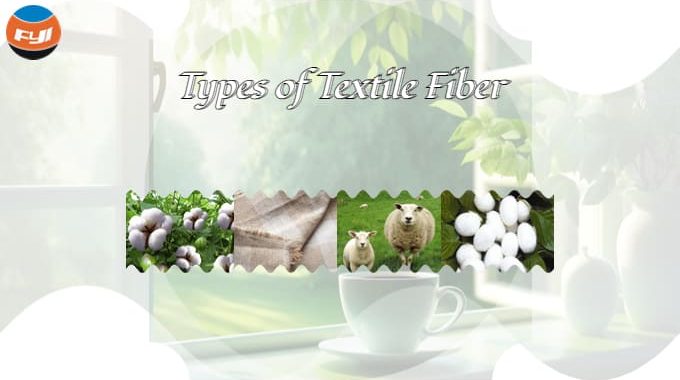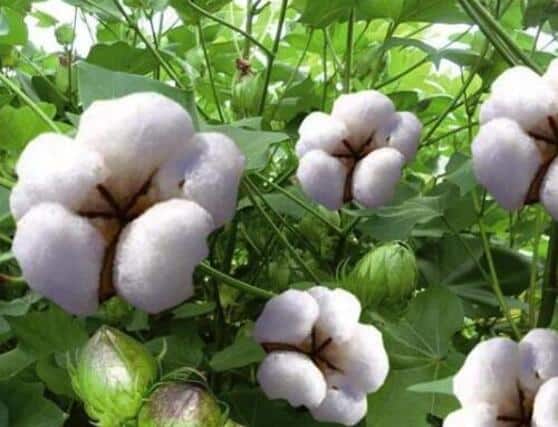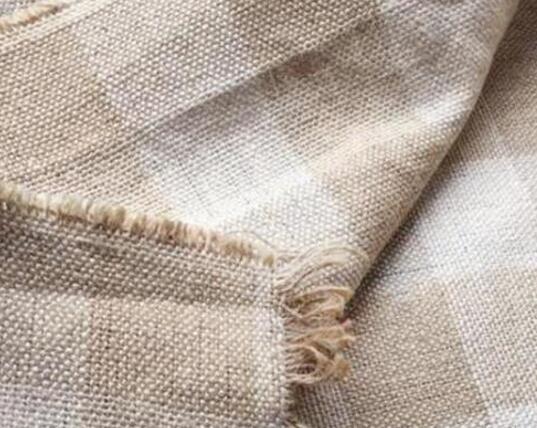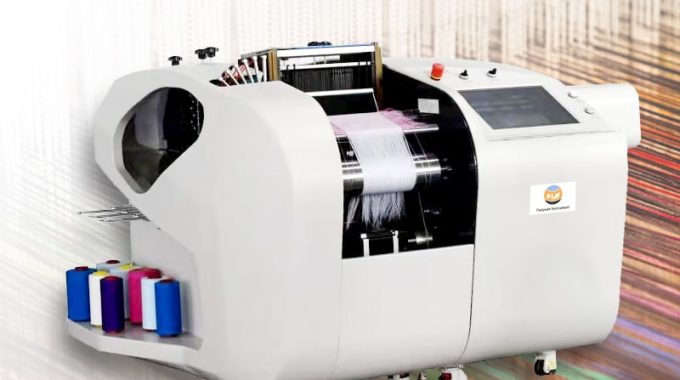
Types of Textile fiber
Contents
What is the textile fiber?
Textile Fiber is a threadlike strand which is used for spinning yarn. We can spin textile fiber into yarn by Spinning Lab Equipment .On the basis of source, we usually divide textile fiber into two categories. That is, natural fibers obtained directly from nature and chemical fibers manufactured by artificial processing.
Natural fibers
Natural fiber is the textile fiber obtained directly from the natural or artificially cultivated vegetables and artificially raised animals. It is an important source of materials for the textile industry.
There are many kinds of natural fiber. We can divide it into vegetable fiber, animal fiber and mineral fiber according to different sources. Cotton, hemp, wool and silk are used for textile for a long time. Among them, cotton and hemp are vegetable fibers, and wool and silk are animal fibers.
Except for mineral fibers, all natural fibers have a strong attraction for water in both liquid and vapor form. Because of this high affinity, the fibers absorb water and stretch, which aids staining in aqueous solutions.
Natural fibers, unlike most synthetic fibers, are non-thermoplastic; that is, they do not soften when heated. They are essentially insensitive to dry heat at temperatures below their point of decomposition, do not shrink or become highly flexible when heated, and do not become brittle when chilled below freezing. Natural fibers yellow when exposed to sunshine and moisture, and continuous exposure results in a loss of strength.
Vegetable fibers
Vegetable fibers are generally composed of cellulose. Cotton and hemp fibers are the main vegetable fibers.
Cotton fibers
The production of cotton fibers is the largest in natural fibers. And they are very versatile. We can use it for sewing clothes, sheets, bedding and other articles of life. It can also be used as canvas and conveyor belt materials. Or we can make it into floc for heat preservation and filler materials.
Cotton fibers are divided into fine cotton and long staple cotton. Compared with fine wool cotton, long wool cotton is whiter, finer, longer and shinier. It is the best cotton variety and is generally used for high-grade fabrics.
Cotton fiber fabric has a low luster, a soft touch, good water absorption, and a strong heat preservation function. If it is not treated before leaving the factory, the resulting clothing have a high shrinkage rate, are difficult to recover from, wrinkle easily, and have poor elasticity.

Hemp fibers
Hemp fibers are mostly used to make packaging fabrics and ropes. A portion of good quality hemp fiber can be used for clothing. Hemp is generally hard, not sensitive to alkali and acid. And it has good moisture absorption, moisture dispersion and air permeability.
Hemp fiber can be divided into three types:
1. Sisal hemp, hemp: long single fiber, hard feel, poor bleaching, mainly used for hemp rope sacks.
2. Jute: short single fiber, soft feel, poor bleaching, used for home textiles, curtains, sofas and so on.
3. Flax, ramie: short single fiber, soft feel, good bleaching, suitable for clothing (only suitable for loose clothing).
When compared to cotton cloth, hemp fabric has numerous similarities. Its strength is greater than that of cotton fabric, in addition to the qualities of cotton fabric. It has the highest strength of any natural fiber. Linen fabric is incredibly comfortable to wear. The color does not fade easily, it is more attractive and bright, it is not too cold to alkali and acid, and it does not mold easily after being damp.

Because newly woven linen fabrics shrink easily, they must be shrunk before leaving the factory. They will not shrink in the hands of our customers. Linen textiles are prone to creases, so take them out soon after washing, and shake them a few times. But if you hang it up, it can naturally recover and eradicate wrinkles, and because of its hefty weight, its drape is better than cotton, and it tends to harden after absorbing water.
Animal fibers
Animal fiber, also known as natural protein fiber, is mainly composed of protein. Animal fiber includes hair fiber from animal hair, such as sheep wool, cashmere, camel hair, consumption of beef, rabbit hair, mohair, alpaca hair and so on; Also includes the silk fiber obtained by insect glandular secretion, such as mulberry silk, tussah silk and so on.

Wool and silk are the main animal fibers. The production of Wool and silk is much less than cotton or linen. But both of them are excellent textile material.
Wool
Wool has natural curls and long fibers. And there are scales on the surface. It has the advantages of good elasticity, strong hygroscopicity, good heat preservation. The scales on the surface give the feltability for wool.
Advantages
- Wool is a very good hydrophilic material that is very comfortable to wear.
- Warmth: Because wool has natural curls, it can act as a barrier by forming several stagnant air zones.
- Wool has extremely strong stretchability and elastic recovery, as well as a unique scale structure and outstanding flexibility, so it retains its beauty well.
Disadvantages
The felting response, which is generated by the scales on the surface of wool fibers, is a distinctive and fundamental property of wool. When mechanical force (vibration, friction, pressure, etc.), heat, and water are applied to the wool scales on the surface, the wool sinks to its root. When the wool sinks, the edges of the scales grab and become entangled, preventing it from returning to its previous length. As a result, the constriction becomes more severe. Wool may be shrunk to half its original size under harsh circumstances (in garments, 80% is considered usual). Furthermore, wool is easily eaten by moths and will pill if rubbed regularly. If it is placed under strong light for a long time, its tissue will be damaged, and its heat resistance is poor.
Silk
There are two kinds of silk: domestic silk and wild silk, which includes tussah silk and castor silk. Domestic silk is delicate, white and soft, while wild silk is rougher.
Silk fabric is colorful, glossy, noble and elegant, pleasant to wear, sound-absorbing, dust-absorbing, heat-resistant, UV-resistant, moisture-absorbing and dehumidifying, and moisture-absorbing and dehumidifying.

At the same time, silk products also have some disadvantages:
1. The wrinkle resistance of silk is worse than that of wool;
2. The light resistance of silk is very poor, so it is not suitable for long-term exposure to sunlight;
3. Silk, like wool, is a protein fiber, especially afraid of alkali;
4. Silk clothes are easy to absorb and not strong enough;
5. Fading will occur under light, water, alkali, high temperature and mechanical friction.
Chemical fibers
Chemical fibers refer to the use of natural or synthetic polymers as raw materials, through chemical synthesis or mechanical processing of the fiber. According to the different materials used, can be divided into regenerative fiber and synthetic fiber.
Regenerated fiber:
Regenerated fiber is a fiber made from natural polymers as raw materials, chemically treated and mechanically processed. According to different raw materials, it can be divided into:
- Regenerated cellulose fiber, mainly including viscose fiber, Tencel fiber (Tencel fiber), Modal fiber (Modal fiber), cupro fiber, acetate fiber, bamboo fiber, etc.;
- Regenerated protein fiber, mainly including milk protein fiber, silk protein fiber, soybean protein fiber, peanut fiber and imitation spider silk fiber, etc.;
- Special organic compound fibers, such as chitin fiber, seaweed fiber, corn fiber (polylactic acid fiber), etc.;
- Man-made inorganic fibers, such as glass fiber, metal fiber, carbon fiber, etc.
Among them, the most familiar to consumers is viscose fiber. Viscose fiber is a fiber that is chemically re-spun from cotton waste. If it is filament, it is called rayon; if it is cut into cotton length, it is called rayon; if it is similar in length and thickness to wool, it is called artificial hair.
Synthetic fiber
Synthetic fiber is a fiber made by artificial synthesis and mechanical processing using low-molecular compounds obtained from coal, petroleum, natural gas, and agricultural by-products as raw materials. The main synthetic fibers are: polyester, nylon, polypropylene, acrylic, vinylon, and polyvinyl chloride.
Comments are closed.



I love how you approach every topic with honesty and authenticity. Your voice is so refreshing and real.
I appreciate how relatable your writing is – it feels like you’re speaking directly to me.
Awesome! Its genuinely remarkable post, I have got much clear idea regarding from this post
I am always impressed by the depth of your insights.
You have a natural talent for connecting with your audience through your blog writing.
So many blogs are filled with fluff, but this one stands out for its substance.